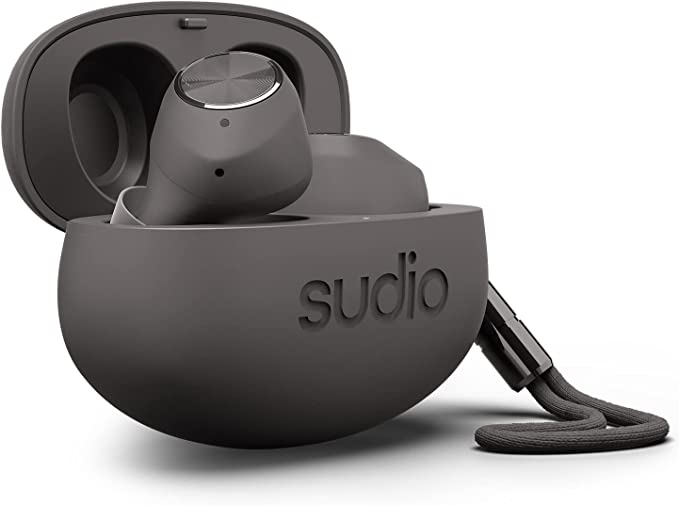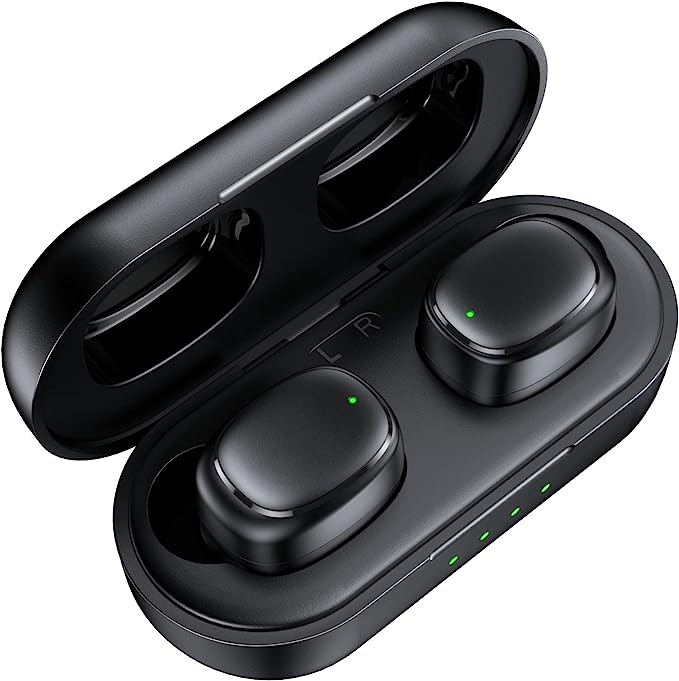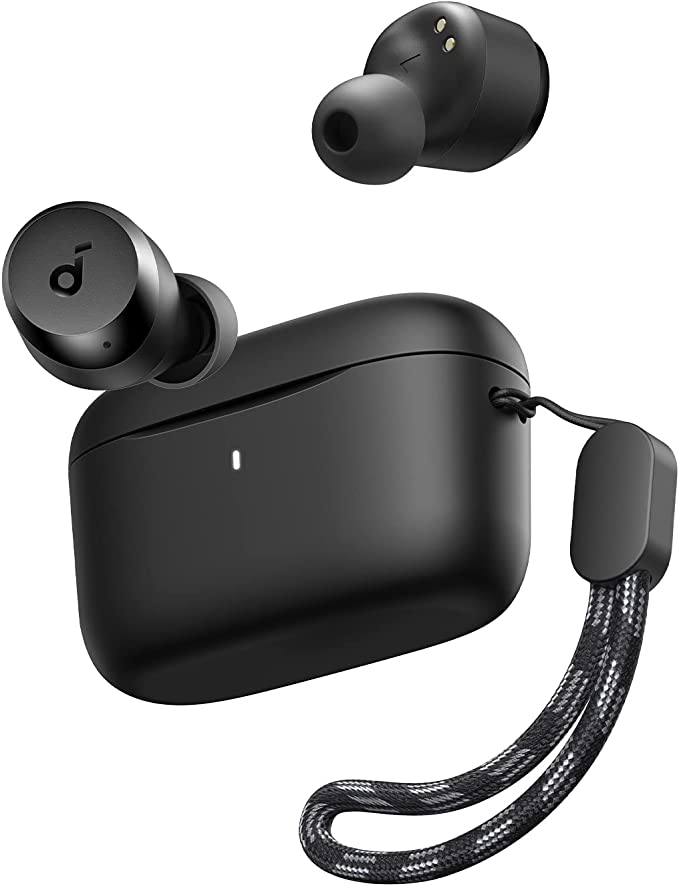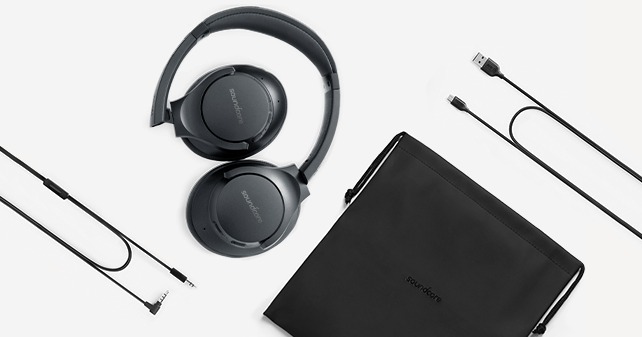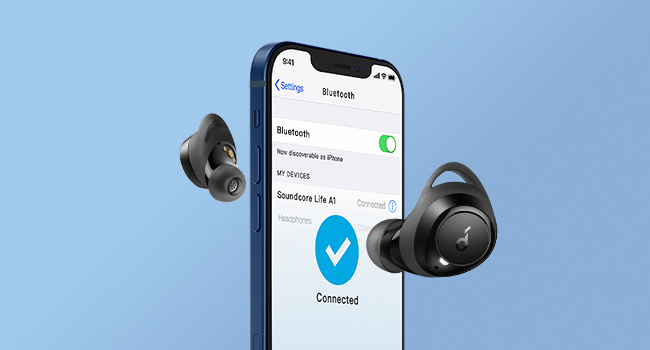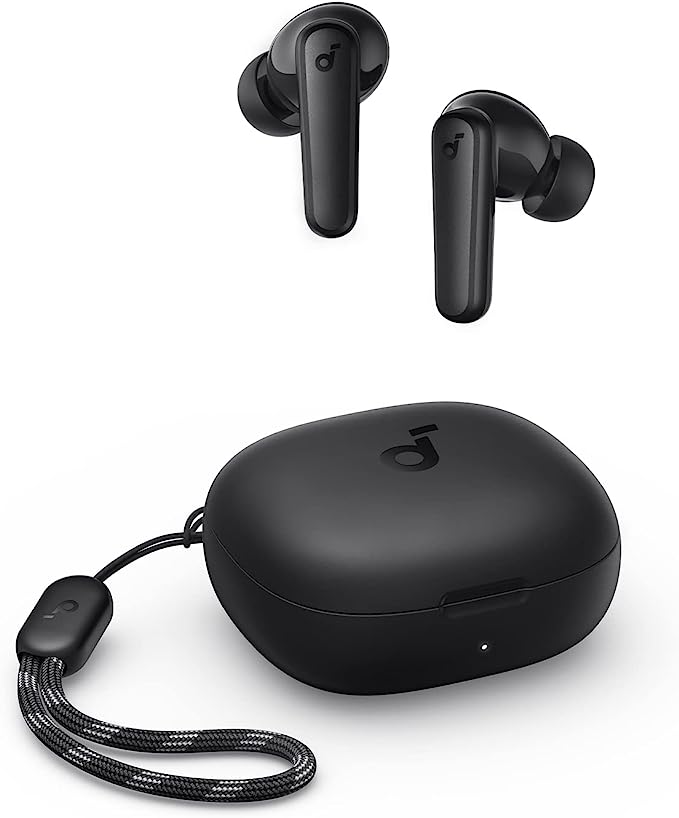Boss VE-22 Vocal Effects and Looper Pedal: The Science of Great Vocals
Update on April 4, 2025, 11:26 a.m.
The human voice. It’s arguably the most expressive musical instrument we possess – capable of conveying nuance, power, and raw emotion unlike anything else. Singers constantly strive to hone their craft, seeking that perfect blend of natural talent and polished delivery. In today’s world, technology offers an incredible palette of tools to help shape, enhance, and even creatively transform the voice. But behind the knobs and flashing lights of devices like the BOSS VE-22 Vocal Effects and Looper Pedal lies a fascinating world of science – acoustics, digital processing, and even a dash of psychoacoustics.
Let’s embark on a journey together, moving beyond a simple feature list. We’ll explore the why and how behind modern vocal effects, using the VE-22 as our guide. Think of this not just as a look at a piece of gear, but as an accessible exploration into the science that empowers vocalists to achieve sounds once only possible in high-end recording studios, right at their feet. Our goal isn’t to sell you a product, but to illuminate the technology itself, fostering a deeper appreciation for the tools available to singers today.

The Digital Heart: Understanding DSP in Vocal Effects
Before diving into specific effects, let’s touch upon the core technology that makes it all possible: Digital Signal Processing, or DSP. Imagine your voice, captured by a microphone, as an analog sound wave – a continuous, flowing signal. To manipulate it digitally, this wave must first be converted into a stream of numbers (Analog-to-Digital Conversion, ADC). This stream is where the magic happens.
Inside a processor like the VE-22, a powerful microchip – the DSP chip – acts like a sophisticated “sound kitchen.” It takes that stream of numbers representing your voice and applies complex mathematical recipes, known as algorithms, to alter it in precise ways. Want reverb? There’s an algorithm for that. Need harmony? A different algorithm calculates the needed notes. Once the processing is done, the modified stream of numbers is converted back into an analog sound wave (Digital-to-Analog Conversion, DAC) ready to be sent to an amplifier or recording device. The speed and efficiency of this DSP chip are crucial for real-time performance, ensuring that the effects respond instantly without noticeable delay.
Crafting Space: The Illusions of Reverb and Delay
Among the most fundamental vocal effects are reverb and delay. Both deal with manipulating the perception of space and time, but in distinct ways.
Reverb (Reverberation): Think about singing in a large church versus a small closet. The difference in sound is largely due to reverberation – the complex mesh of sound reflections bouncing off surfaces. Reverb effects aim to simulate these acoustic environments. Early methods involved physically sending sound into echo chambers or vibrating metal plates! Today, digital reverb algorithms mathematically model how sound behaves in different virtual spaces – from small rooms and plates to vast halls and cathedrals. A good reverb adds depth, warmth, and a sense of professionalism, making the voice sound less “dry” and more integrated with the music.
- The Science Simplified: Reverb is like thousands of tiny echoes blending together, creating a continuous “tail” after the original sound. The algorithms calculate reflection times, density, and tonal characteristics based on the simulated space’s size and materials.
- VE-22’s Approach: It offers a variety of reverb types, allowing you to dial in anything from a subtle ambience to a dramatic, cavernous wash, tailoring the effect to the song’s mood.
Delay (Echo): While reverb creates a blended wash, delay produces distinct, audible repetitions of the sound – echoes. Think of shouting into a canyon. Early delays used tape loops, recording the sound and playing it back moments later. Digital delays offer far more control and fidelity. You can precisely set the time between echoes (often synchronized to the song’s tempo), the number of repetitions (feedback), and the tone of the echoes.
- The Science Simplified: Delay is essentially a digital recording buffer. It stores the incoming sound for a specified duration and then plays it back. Feedback routes some of the output back into the input, creating multiple, decaying echoes.
- VE-22’s Approach: Provides various delay styles, from clean digital repeats to warmer, analog-inspired echoes, enabling rhythmic effects, atmospheric textures, or classic slapback sounds.
- Scenario: Imagine using a timed delay on a pop vocal phrase to create a catchy rhythmic bounce, or a long, fading delay on the final word of a ballad for dramatic effect.

Building Choirs: The Magic of Harmony and Doubling
One of the most captivating features of modern vocal processors is the ability to generate harmonies in real-time. How can a box listen to you sing and instantly create realistic backup vocals?
- The Goal: To thicken the vocal presence or create multi-part harmonies from a single lead voice.
- How it Works: It’s a sophisticated process involving several steps:
- Pitch Detection: The processor rapidly analyzes the incoming vocal signal to determine its fundamental frequency, or pitch.
- Key Analysis: You typically tell the processor the musical key of the song.
- Interval Calculation: Based on the detected pitch and the song’s key, the harmony algorithm calculates the correct notes for the desired harmonic intervals (e.g., a third above, a fifth below). It needs music theory intelligence to select notes that fit the scale and chords implied by the key.
- Digital Pitch Shifting: The processor digitally creates new vocal lines at the calculated pitches, carefully manipulating the audio to sound like additional voices rather than just a pitch-shifted version of the lead.
- Analogy: Think of it as an incredibly fast, musically intelligent backup singer who instantly knows the key and harmony part for every note you sing.
- VE-22’s Power: Offers intelligent harmony generation, allowing you to select the key and choose various harmony voicings (like “high,” “higher,” “low,” etc.). This empowers solo performers to create impressively rich vocal arrangements live.
- Doubling: A related but simpler effect. It creates a copy of the lead vocal with very slight variations in pitch and timing, simulating the sound of two singers performing the same part together. This adds thickness and presence without creating distinct harmony notes. The VE-22 includes doubling functions as well.
- Application: A solo acoustic performer using the harmony function to add a “choir” to the chorus, instantly elevating the song’s impact. Or a rock singer using doubling for a more powerful lead vocal sound.
Hitting the Right Notes: Understanding Pitch Correction
Pitch correction technology, often associated with the brand name Auto-Tune, has become ubiquitous in modern music. It addresses the natural variations in human vocal pitch.
- The Need: Can range from transparently smoothing minor pitch imperfections to creating deliberate, highly stylized electronic vocal effects.
- The Science: Similar to harmony generation, it starts with fast and accurate pitch detection. The detected pitch is then compared to the nearest “correct” note on a standard musical scale (often chromatic, or locked to a specific key). If the sung pitch deviates, the algorithm shifts it towards the target note. The speed and aggressiveness of this correction determine the resulting sound.
- Analogy: Gentle correction is like a subtle nudge from a helpful guide, keeping you on the path without being obvious. Aggressive correction is like a strict ruler snapping your pitch instantly to the grid, creating that characteristic robotic effect.
- VE-22’s Flexibility: It provides options for both soft, natural-sounding pitch correction for subtle enhancement, and more aggressive electronic tones suitable for pop, hip-hop, and electronic music. You can tailor the effect’s intensity.
- Artistic Note: While incredibly useful, pitch correction sometimes sparks debate about vocal authenticity versus technological perfection. It’s ultimately an artistic choice how, and how much, to use it.
- Scenario: A live singer using gentle correction to ensure confidence during a challenging passage. A pop producer applying hard correction for a modern, stylized vocal hook.
Sculpting the Tone: Dynamics and EQ Essentials
Beyond adding space or notes, shaping the core quality of the vocal sound is vital. Compression and Equalization (EQ) are the studio staples for this.
- Why Control Dynamics? (Compression): Human voices have a wide dynamic range – moments of quiet intimacy and bursts of power. Compression reduces this range, making the quiet parts louder and loud parts quieter. This results in a more consistent volume level, helps the vocal sit better in a busy mix, and can add perceived punch and presence.
- Science of Compression: Key parameters include Threshold (level above which compression starts), Ratio (how much the level is reduced, e.g., 4:1 means for every 4dB over the threshold, the output only increases by 1dB), Attack (how quickly compression kicks in), and Release (how quickly it stops).
- Analogy: Imagine a vigilant volume knob operator automatically turning down loud peaks and turning up quiet whispers to keep things even.
- Why Shape Tone? (Equalization - EQ): EQ allows you to adjust the balance of different frequencies in the sound – the lows (bass), mids, and highs (treble). For vocals, EQ can add clarity and presence (boosting upper mids), remove muddiness (cutting low mids), reduce harshness or sibilance (cutting specific high frequencies), or add warmth (gentle low-mid boost). A De-Esser is a specialized type of EQ/compressor focused specifically on taming harsh ‘s’ sounds (sibilance) which occur at high frequencies.
- Science of EQ: Filters are used to boost or cut specific frequency ranges. Parametric EQs offer precise control over frequency, gain (boost/cut amount), and Q (bandwidth or width of the affected frequency range).
- Analogy: Like the bass, mid, and treble controls on your home stereo, but with much finer control over specific tonal areas.
- VE-22’s Studio Tools: Recognizing their importance, the VE-22 includes onboard Compressor, EQ, and De-Esser, providing foundational tools to polish the raw vocal tone before other effects are applied. Based on user feedback summaries, the VE-22’s preamp section is considered robust, especially beneficial for dynamic microphones which often require more gain.
Beyond the Norm: Unleashing Creativity with Modulation, Distortion & Lo-Fi
While the previous effects often aim for enhancement or correction, another category focuses on creative transformation.
- The Goal: To intentionally alter the vocal sound for artistic expression, adding unique character or texture.
- Brief Science:
- Modulation Effects (Chorus, Flanger, Phaser): These create movement and richness by mixing the original signal with slightly delayed and pitch-modulated copies. Think shimmering, swirling, or sweeping sounds.
- Distortion/Overdrive: These effects work by “clipping” the audio waveform – essentially cutting off the peaks. This adds harmonics and grit, ranging from subtle warmth to aggressive fuzz.
- Lo-Fi Effects (Radio Voice, Bit Crusher, Ring Mod): These aim to degrade the audio quality intentionally, simulating old recordings, telephone lines, video game sounds (Bit Crusher), or creating dissonant, metallic tones (Ring Modulator by multiplying signals).
- VE-22’s Palette: It includes a diverse range of these creative effects, allowing singers to step outside traditional vocal sounds and explore electronic textures, aggressive tones, or vintage vibes.
- Application: Using a subtle chorus to widen the vocal image, adding distortion for a rock edge, using a radio voice effect for a specific section of a song, or creating otherworldly sounds with a ring modulator.
Layering Reality: The Power of the Looper
Looping has revolutionized solo performance and practice. A looper pedal digitally records a segment of audio and plays it back continuously, allowing you to layer new parts on top.
- What is Looping? It’s like having a musical sketchpad that instantly repeats what you just played or sang. You can record a chord progression, a beatbox rhythm, or a vocal phrase, and then add harmonies, counter-melodies, or percussion sounds over the repeating loop.
- How it Helps:
- Practice: Invaluable for working out harmony parts, practicing improvisation over a repeating phrase, or developing timing.
- Performance: Enables solo artists to build complex, multi-layered arrangements live, creating the illusion of a larger ensemble.
- VE-22’s Looper: Features an integrated looper specifically designed for vocal use, allowing singers to easily record and layer vocal parts on the fly. (Note: The provided source material doesn’t specify the maximum loop recording time or number of layers possible).
- Scenario: Imagine a street performer starting with a simple vocal bassline loop, adding a beatbox rhythm, then a melody, and finally harmonizing over the top – all created solo using the looper.
Bridging Worlds: Connectivity for the Modern Musician
A vocal processor’s usefulness also depends on how well it connects with other gear.
- The Importance of Connections: Needs to interface reliably with microphones, PA systems, amplifiers, computers, and mobile devices.
- XLR & Phantom Power: The VE-22 uses industry-standard XLR connectors for microphone input and main outputs. Critically, it includes Phantom Power (+48V). This is a voltage sent through the XLR cable required to operate most professional condenser microphones, which offer higher sensitivity and detail compared to many dynamic mics. Having phantom power onboard means you can directly use high-quality studio mics without needing a separate power supply or mixer channel with phantom power.
- USB-C Audio Interface: This is a key feature for modern workflows. When connected via USB-C to a computer or compatible mobile device, the VE-22 functions as an external sound card or audio interface.
- How it Works: It handles the high-quality conversion of your mic signal to digital (ADC) to send into the computer for recording, and converts digital audio from the computer (DAC) to analog for playback through the VE-22’s outputs or headphone jack. All your selected VE-22 effects can be recorded directly.
- Benefits: Simplifies home recording setups (no separate interface needed for vocals), enables high-quality audio for livestreaming, allows practicing by playing backing tracks from your device through the pedal while singing along with effects.
- Analogy: It’s a digital two-way bridge connecting the professional audio world of the pedal to the versatile world of computers and mobile devices.
- Flexible Outputs: Having two XLR outputs allows for various routing options: standard stereo output, dual mono (sending the same signal to two places), or sending a “wet” signal (with effects) to the main PA and a “dry” signal (no effects) to a stage monitor or for separate processing later.
Command Center: Usability and Design Considerations
Powerful features are only useful if they are accessible. Interface design plays a crucial role.
- Interface Philosophy: The challenge is balancing deep functionality with intuitive control, especially for live performance where quick adjustments are necessary.
- VE-22’s Interface: It employs a high-visibility color LCD display, providing clear visual feedback. Key sections (Harmony, Effect, Echo) have multi-function knobs. These allow tweaking main parameters quickly, turning sections off with a click, or accessing deeper settings with a double-click. Lighted rings around the knobs also help visibility on dark stages.
- Control Options: Three onboard footswitches are designed for hands-free operation, controlling functions like effects on/off, preset changes, or looper commands. There’s also provision to connect external footswitches or an expression pedal for even more real-time control over parameters (like reverb level or harmony mix).
- User Feedback Insight: While generally considered intuitive, some user feedback (from the provided summary) highlighted that the rear-panel input gain knob is small and potentially difficult to adjust quickly during a performance – a practical design consideration for live use.
- Durability: While material isn’t specified, BOSS pedals generally have a strong reputation for robust, road-ready construction, built to withstand the rigors of gigging.
Practical Considerations: Powering Up
How you power the pedal is an important detail.
- Battery Power: The VE-22 offers the option of running on batteries (type and quantity not specified in source, but likely AA), which is excellent for portability, busking, or situations where AC power is inconvenient. (Note: Battery life duration is not provided in the source material).
- AC Adapter: For reliable, long-term use (especially in studios or lengthy gigs), an AC power adapter is recommended. Crucially, based on user reviews within the provided source material, the appropriate BOSS power adapter is typically not included in the box and needs to be purchased separately. This is a common practice for many pedal manufacturers but something potential users should factor into their budget and planning. Using the correct, specified adapter is important for proper function and avoiding damage.

Conclusion: Technology Serving Artistry
The BOSS VE-22 Vocal Effects and Looper Pedal stands as a compelling example of how decades of audio research and digital signal processing advancements have been distilled into a compact, accessible tool for singers. From subtly enhancing pitch and dynamics, crafting immersive sonic spaces with reverb and delay, building intricate harmonies, to unleashing wild creativity with transformative effects and looping – the possibilities are vast.
We’ve journeyed through the science behind these effects, hopefully demystifying some of the “magic” and revealing the clever engineering involved. Understanding how these tools work – the principles of pitch shifting, the physics of reverberation, the mathematics of compression – empowers vocalists not just to use effects, but to use them intentionally and creatively.
Ultimately, devices like the VE-22 are just that: tools. They don’t replace vocal technique, practice, or raw talent. But they can certainly augment them, providing singers with an unprecedented level of control over their sound and opening up new avenues for artistic expression. Whether you’re refining your tone for a flawless recording, adding impact to a live show, or simply exploring new sonic textures in your practice room, the fusion of sophisticated technology and vocal artistry continues to push the boundaries of what’s possible. The journey into shaping your unique vocal sound is an ongoing exploration, and modern technology offers an exciting map.




















